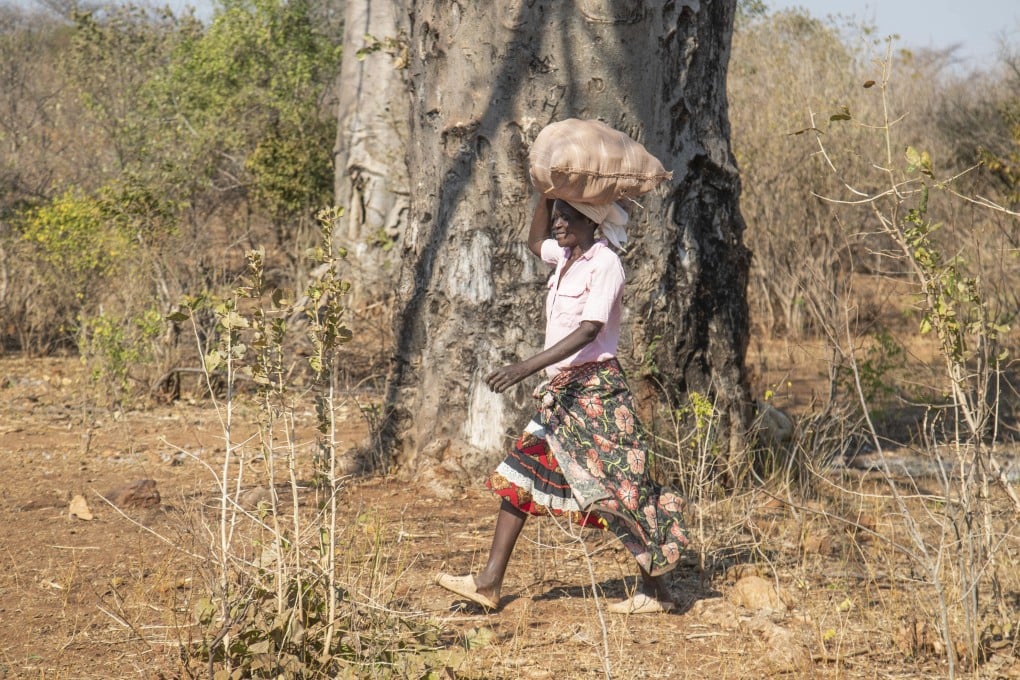Fruit of baobab, Africa’s ‘tree of life’, is new superfood yet harvesters live in poverty
Demand for baobab fruit, which is full of healthy properties, is growing worldwide, but their harvesters barely scratch a living

Since she was a child, Loveness Bhitoni has collected fruit from the gigantic baobab trees surrounding her homestead in Zimbabwe to add variety to the family’s staple corn and millet diet. The 50-year-old never saw them as a source of cash, until now.
Droughts induced by climate change have decimated her crops. Meanwhile, the world has a growing appetite for the fruit of the drought-resistant baobab as a natural health food.
Bhitoni wakes before dawn to go foraging for baobab fruit, walking barefoot through hot, thorny landscapes with the risk of wildlife attacks. She gathers sacks of the hard-shelled fruit from the ancient trees and sells them on to industrial food processors or individual buyers from the city.
The baobab trade, which took root in her area in 2018, would previously supplement family budgets for things like children’s school fees and clothing in the small town of Kotwa in Mudzi district, Zimbabwe.

Now it is helping ensure their survival following the latest devastating drought in southern Africa, worsened by the El Niño weather phenomenon.
“We are only able to buy corn and salt,” Bhitoni said. “Cooking oil is a luxury, because the money is simply not enough.
